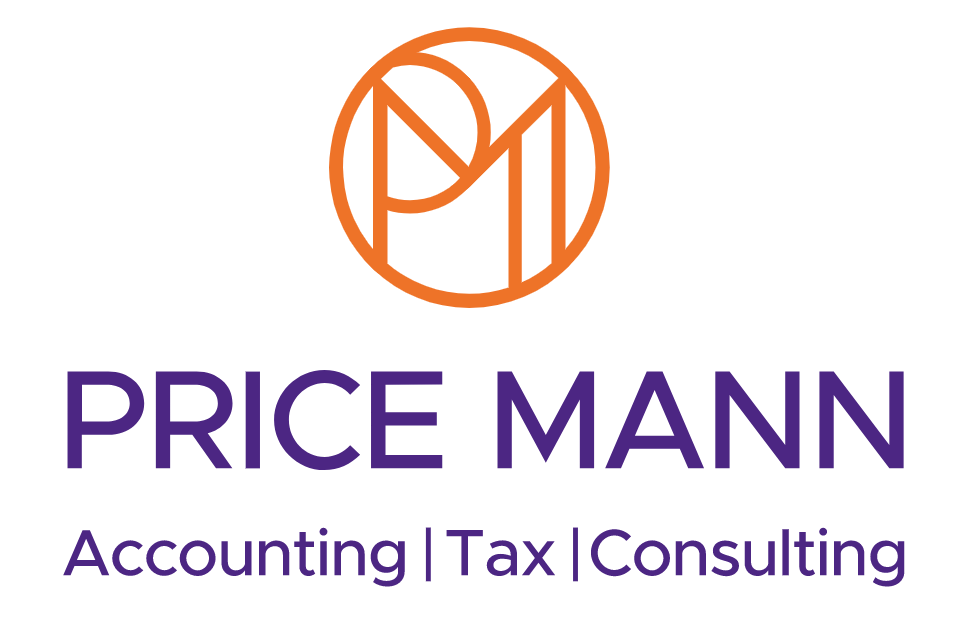Is your business planning redundancies?
Is your business planning redundancies?
How termination payments are taxed.
We may only be three months into 2022 but plenty of big employers – both here in the UK and overseas – are making employees redundant for a myriad of reasons.
OVO Energy is reportedly trying to control costs by cutting 1,700 jobs as gas market prices soar to record highs, Tesco is in the process of axing 1,600 jobs as part of a business remodel, and Peloton has also said it will cut about 2,800 jobs globally due to a drop in demand for its products.
In the three months to 30 November 2021, however, the UK’s redundancy rate was a record low following the end of the furlough scheme. But the tide may now be turning and employers that are going through the same process as the likes of OVO, Tesco and Peloton should be aware of how termination payments work in 2022.
These payments are made to an employee in relation to the termination or loss of their employment, such as when you make members of staff redundant. We’ll go through everything in layman’s terms to give you an idea of what to expect, but you might need our advice to calculate how individual packages should be paid and taxed.
Two types of termination payments
For tax purposes, there are two categories of pay that can be made after you terminate an employment contract. The first is the general employment earnings that an employee would have received if they were still working in the notice period: outstanding salary/wages, payment in lieu of notice (PILON) if relevant, and any holiday pay for instance.
Much of this money is referred to as post-employment notice pay (PENP) and is always subject to income tax and National Insurance contributions (NICs). Prior to 2018, there were exemptions which could appear to be rather arbitrary, coming down to how contracts were worded.
The second category is termination payments. These directly relate to the termination of employment, so they include things like compensation for loss of office.
How tax is applied
You might have a £30,000 tax-free figure in mind, and this broadly applies today. However, the rules changed in 2018 and more changes came into effect from April 2020, affecting what counts within the £30,000 allowance. When you pay an employee, you are making redundant a final termination sum, this is made up of these two categories of payment we have just outlined.
If all of the money is classed as PENP or other general earnings, such as benefits-in-kind – like keeping a company car – or accrued holiday pay, the cash value for it is all considered general earnings and taxed accordingly. No £30,000 tax exemption comes into play.
If only some of the final payment is PENP and other general earnings, then this part is taxed as general earnings. But that leaves a further aspect of the payment which the £30,000 tax exemption can be applied against. So, up to the next £30,000 of payment is tax-free for both PAYE and NICs purposes.
Costs about to increase
As has long been the case, any excess above this £30,000 would again become subject to income tax for the employee. Until April 2020, that was the end of the tax liability on this part of the termination payment with no NICs liability arising. This remains the case for the employee.
Class 1A employers’ NICs are now payable on termination payments in excess of £30,000, making some redundancies far more expensive for the employer than previously. Class 1A NICs are currently due at 13.8%, rising to 15.05% from next month.
Unlike other class 1A NICs associated with taxable P11D benefits, which are payable once a year on 19 or 22 July following the tax year-end, this class 1A NICs liability will be collected through real-time information/PAYE at the time of the termination payment, resulting in additional cashflow pressure. HMRC will usually charge late-payment interest and penalties if it is not paid promptly and correctly.
How the PENP calculation works
To calculate the PENP, the following statutory formula applies:
PENP = (monthly basic pay (BP) x unworked notice period (D)) divided by the number of days in the last pay period (P) less any payments or benefits in connection with the termination already taxed elsewhere (T).
Basic pay includes any amounts given up in salary sacrifice arrangements, but excludes benefits-in-kind, commissions and bonuses among other payments.
T includes the value of a contractual termination payment, such as a payment-in-lieu of notice (PILON), but does not include accrued holiday, termination bonuses or ‘golden handshakes’.
In practice, if you are already planning to tax the employee PILON and the value of the PENP is less than this or the same, there might be nothing else to tax. If this is not the case, you will need to consider what other payments are being made to the employee and their tax treatment, including whether it would fall within the £30,000 exemption. This is best illustrated through an example.
Example
Bruce is notified on 15 February 2022 of your intention to make him redundant, and his last day is agreed as 28 February. His contract states he should receive three months’ notice. D is therefore 76 days as his contractual notice period goes up to 15 May 2022.
Bruce earns £60,000 a year in basic salary, so his monthly ‘BP’ amount will be £5,000. And his last pay period was the full month of January which was 31 days – the ‘P’. However, since D is not a whole number of months, 30.42 should be used as P.
Bruce will not be paid in lieu of notice, but you have instead agreed to pay him £24,000 as an ex-gratia lump sum, plus £10,000 for loss of notice and £2,000 in accrued holiday pay. In total, he will receive £36,000. In order to work out how much he should be taxed on this amount, the statutory formula to work out the PENP needs to be followed. Applying the formula gives Bruce a PENP figure of £12,491. As he has not been made any taxable payments in lieu of notice, T is zero and nothing is deducted from this figure.
The full PENP of £12,491 is therefore taxable as earnings. The £2,000 from accrued holiday pay also remains fully taxable as earnings. The balance of £21,509 is treated as the ex-gratia payment and it is not subject to any tax as it is under £30,000.
If the numbers were different and the outstanding ex-gratia payment had been, say, £40,000, then further income tax would have been due on the excess above £30,000. You would be liable for an additional 13.8% (15.05% from 6 April 2022) in class 1A NICs on the £10,000 excess.
Long-term planning
With the UK economy experiencing turbulence due to the effects of the pandemic and Brexit, many employers are facing difficult decisions to control costs. The cost-of-living crisis caused by a cocktail of rising inflation and soaring energy prices also means it might be very harsh to consider cutting staff at this time.
And then there’s the 1.25% increase to all NICs rates kicking in from April 2022, which has to be factored into the equation to make redundancies this year. That said, if you think there is a negative outlook for your business in 2022/23, it would be wise to explore your options now around making redundancies.
The pay and tax calculations involved with termination payments are complex, but we can help you with managing costs within your business.













